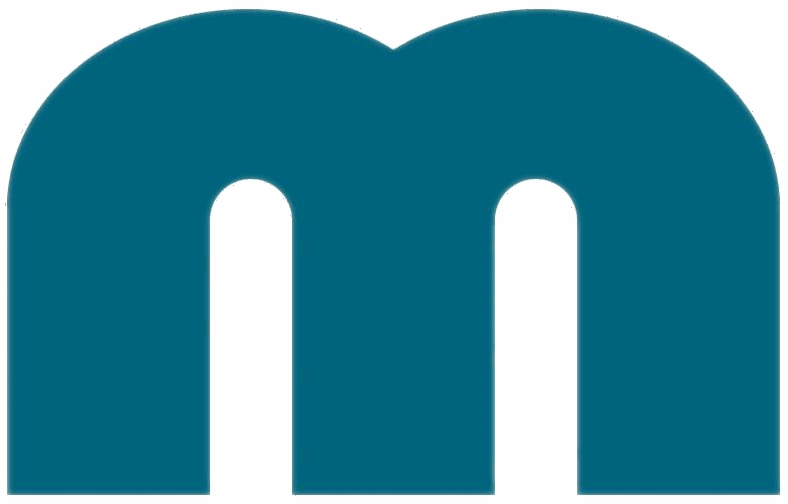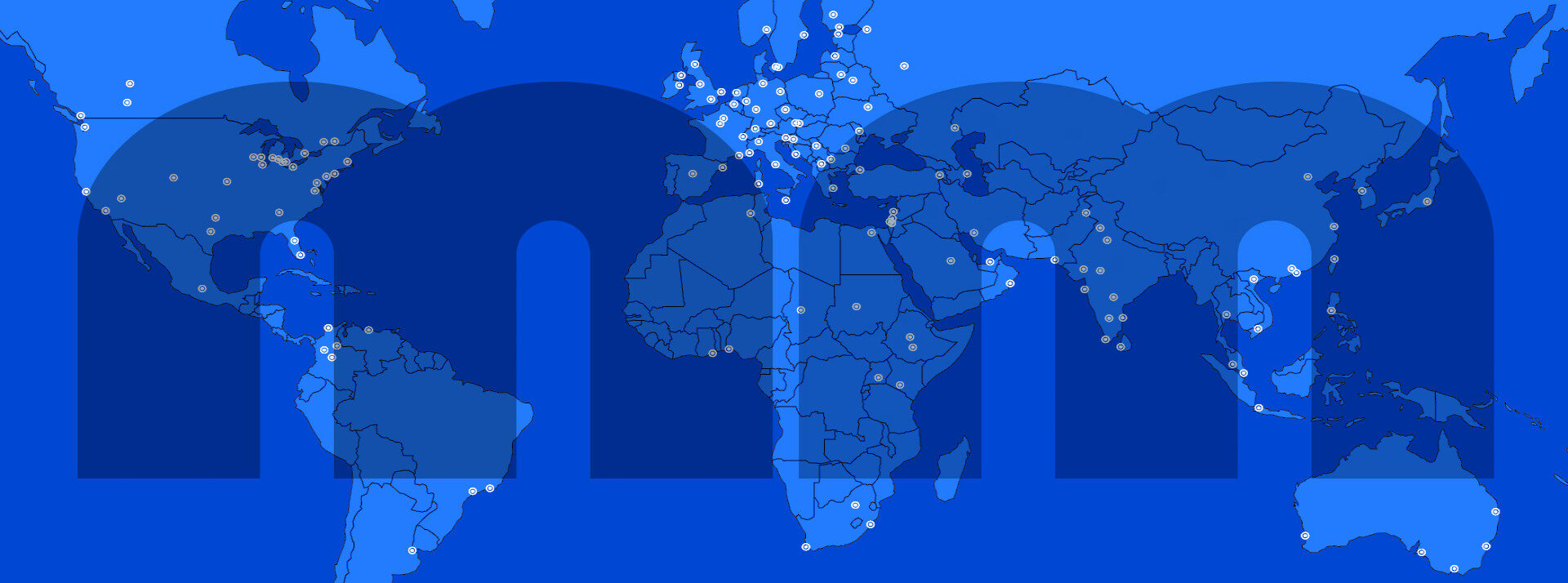21st MobileMonday Taipei Event Report By Steve Follmer
Posted on: May 21, 2009 – Filed under: Taipei
Steve Follmer consulted in Silicon Valley for many years, where he co-founded live365.com. He is currently between startups and analyzing opportunities in the mobile space. Steve holds a BSE degree from Princeton University.
21st MobileMonday Taipei Event Report
21st MobileMonday Taipei-Mobile Open Source
MoMo 21 proved enjoyably intimate, giving many of us a chance to catch up on friends from earlier meetings. As usual, the conversation was fueled by abundant Aussie fare and hospitality at Mary’s Bistro Cafe. The two presentations then centered on open platforms.
Mirko Linder, lead developer for Paroli at Openmoko, illuminated for us the Paroli platform. This is an entirely open hardware and software GSM handset platform, built on the Neo Freerunner phone, in which all chips and architecture are fully documented and all firmware can be re-flashed. The Frerunner runs a Linux Kernel, and offers wifi, gsm, bluetooth, accelerometers, and touchscreen. OM2009 is Openmoko’s application platform running on top of this. The cherry on top, Paroli, is a python daemon which enables users to integrate and share data and control among most phone software with the ease of a scripted language. In a way, the entire project is a paragon of the open source philosophy, of generating new ideas and a common wealth, through sharing and through enabling users to program and rapidly prototype. An exciting project to which we wish the greatest success. For more information, check out Mirko’s slide show and Paroli.
Next up, Nicolas Sauvage, Asia General Manager for Open-Plug explained the use of open source on feature phones. Open-Plug is used by the majority of Taiwan’s OEMs and ODMs, who use their ELIPS development platform to dramatically reduce both the time and cost of creating handset software. Instead of creating a monolithic statically linked executable for the handset, the Open-Plug system enables the software subsystem to be built from components that are dynamically added. And indeed, these components can be open source. You can find his presentation here.
This raises the interesting subject of smart phones pushing downmarket into feature phone territory. Price will certainly remain the primary driver on any spreadsheet, but I believe sales are subject to additional dimensions. As a point of reference, iSuppli has estimated that the iPhone has about $200 in material cost, and as we know it retails for about $600. Indeed these numbers simply out of reach in many markets. But for the consumer, this hard cost is masked by bundling the phone into a 2-year contract. For the carriers, the handset is more than that, it is the vehicle through with voice, data, and SMS plans are delivered. For Apple it is a music delivery vehicle, and for Google is is an ad delivery vehicle. Given these powerful forces, it seems nobody will let the handset be “just a phone” and that consumers will have to search harder and harder for any pure phone handset. In sum, in addition to wagering on the win, place, and show among smart phone players, we can also watch the smart phone vs. feature phone boxing match. I don’t have any hard numbers at hand, but Infonetics predicts 1.1 billion handsets sold in 2009, and double-digit growth for smartphones for the next 5 years, with dollar (though not unit) volume exceeding feature phones by 2013.
The evening concluded with a drawing, with Makato Chiu from Pixostyle giving away 20 Golla brand cell phone bags.
 Sponsored By Pixostyle
Sponsored By Pixostyle


